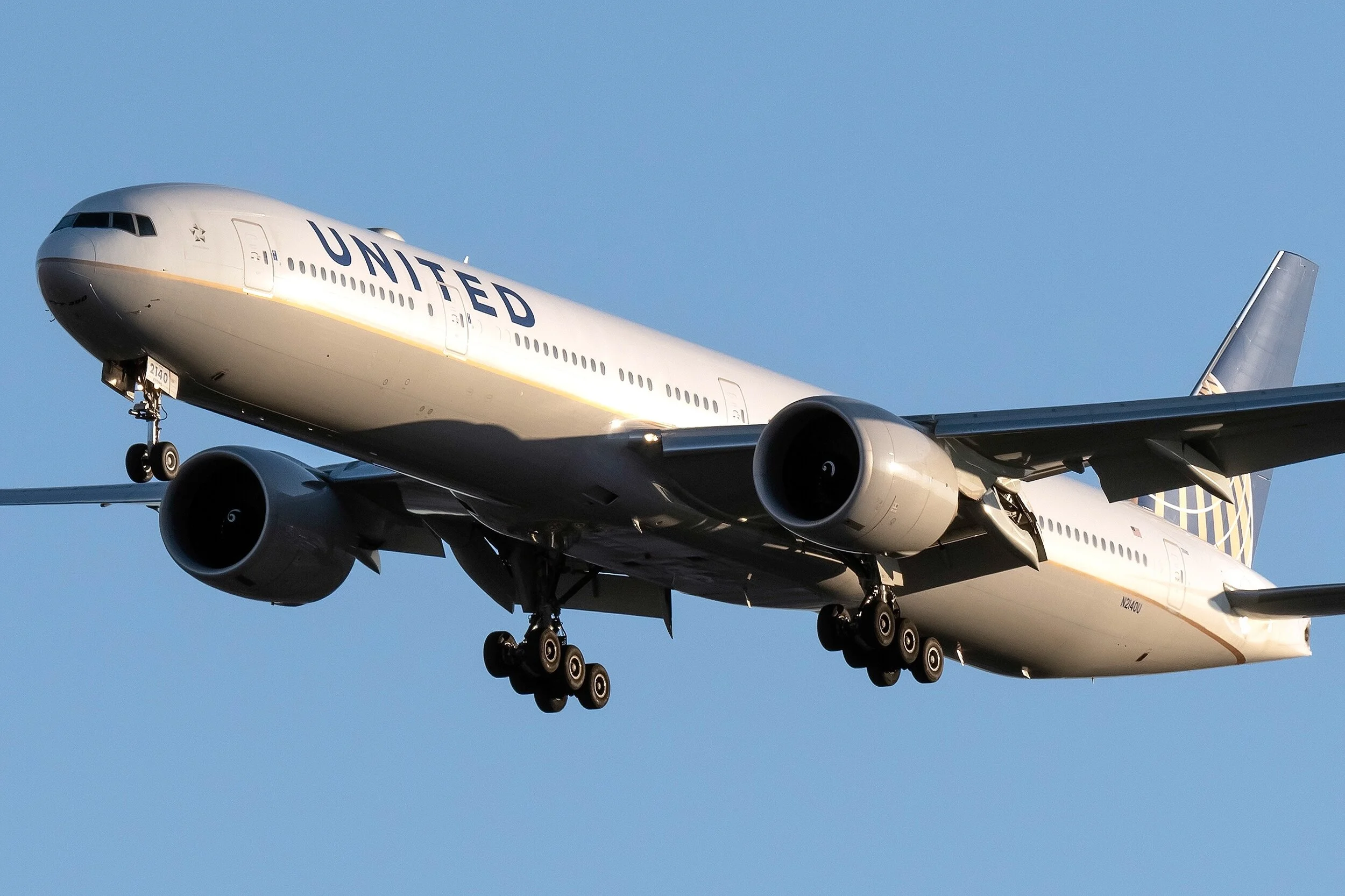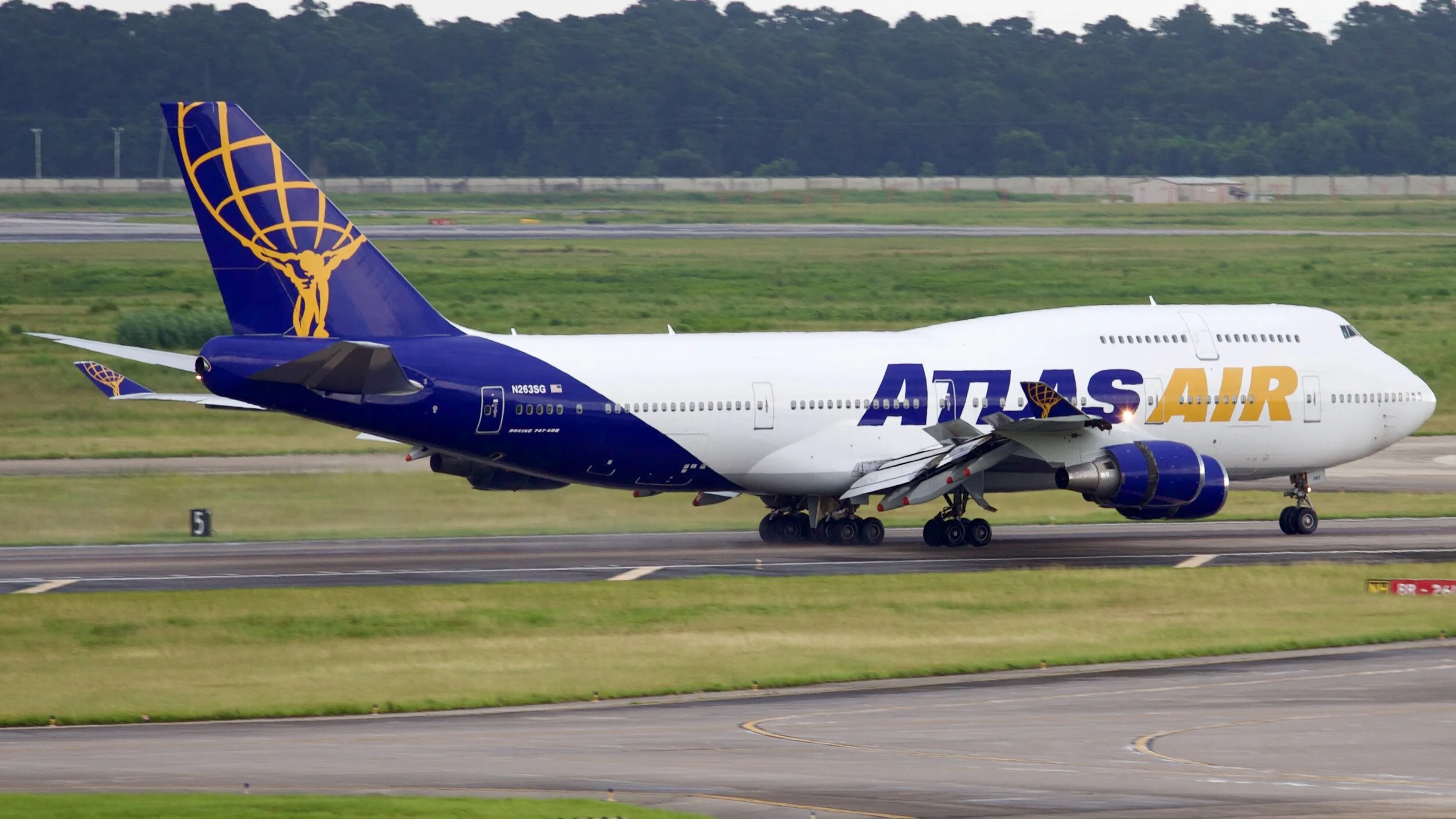Department Of Defense Activates Civil Reserve Fleet
Originally published on AeroXplorer
Four United Airlines planes will help support the DOD mission. Photo: Connor Ochs / AeroXplorer
On Sunday morning, the Department of Defense (DOD) announced that it would activate Stage I of the Civil Reserve Air Fleet (CRAF). Using 18 civil aircraft to help with the evacuation from Afghanistan, the DOD will use the extra air capacity from civil jets to help relieve pressure from bases that are housing Afghan evacuees. This will also free up military aircraft to focus on the evacuation out of Kabul.
The current CRAF activation for the evacuation from Afghanistan is for 18 civilian aircraft, which includes three aircraft from American Airlines, Delta Air Lines, Atlas Air, Omni Air, four aircraft from United Airlines, and two aircraft from Hawaiian Airlines. The Department of Defense does not anticipate that this activation will have a major impact on commercial flights. Pentagon spokesman John Kirby said the planes would be used for "the onward movement of passengers from temporary safe havens and interim staging bases'' outside Afghanistan.
Under the program, commercial planes retain their Civil Status under FAA regulations. However, USTRANSCOM exercises mission control through the Air Mobility Command to support the DOD mission. The DOD needs these planes to evacuate US citizens and personnel, Special Immigrant Visa applicants, and other at-risk individuals. This mainly includes United States personnel in Afghanistan and allies in the country who helped support the US efforts.
Most of the airlines participating in the mission have a history of flying for the US military outside of CRAF activations. Photo: Peter Cuthbert / AeroXplorer
This is the third activation of the program since it was created almost 70 years ago. On December 15th, 1951, a joint agreement between the Department of Commerce and the Department of Defense created the Civil Reserve Air Fleet program. After the Berlin airlift, the program gave the Department of Defense better resources to support air evacuation and other operations. The first CRAF activation occurred in support of Operations Desert Shield/Storm from August 1990 to May 1991, and the second was for Operation Iraqi Freedom from February 2002 to June 2003. Airlines participating in the CRAF program receive access to lucrative peacetime flying. This includes being able to fly charters and cargo flights for the Department of Defense.
With the fast fall of Afghanistan to the Taliban, the demand for seats leaving Afghanistan largely exceeded the number of available seats. This has led to many heartbreaking images and videos from Kabul Airport as the last commercial departures took off. Currently, Kabul airport is only hosting military evacuations, and the air space is closed off to commercial flights. At the beginning of the evacuation, as the Taliban quickly took over more of the country, civil aircraft continued to fly to and from Kabul International Airport, giving passengers a way out. Airlines like Air India flew directly into Kabul, while other carriers such as Lufthansa set up flights to Tashkent and Doha to support the government evacuation. The US government is not anticipating a significant impact on airlines who are participating in the CRAF activation. Since international long-haul demand is still stifled, it will not cause much of an impact for travelers, as airlines are mainly sending widebodies to support the US mission.


